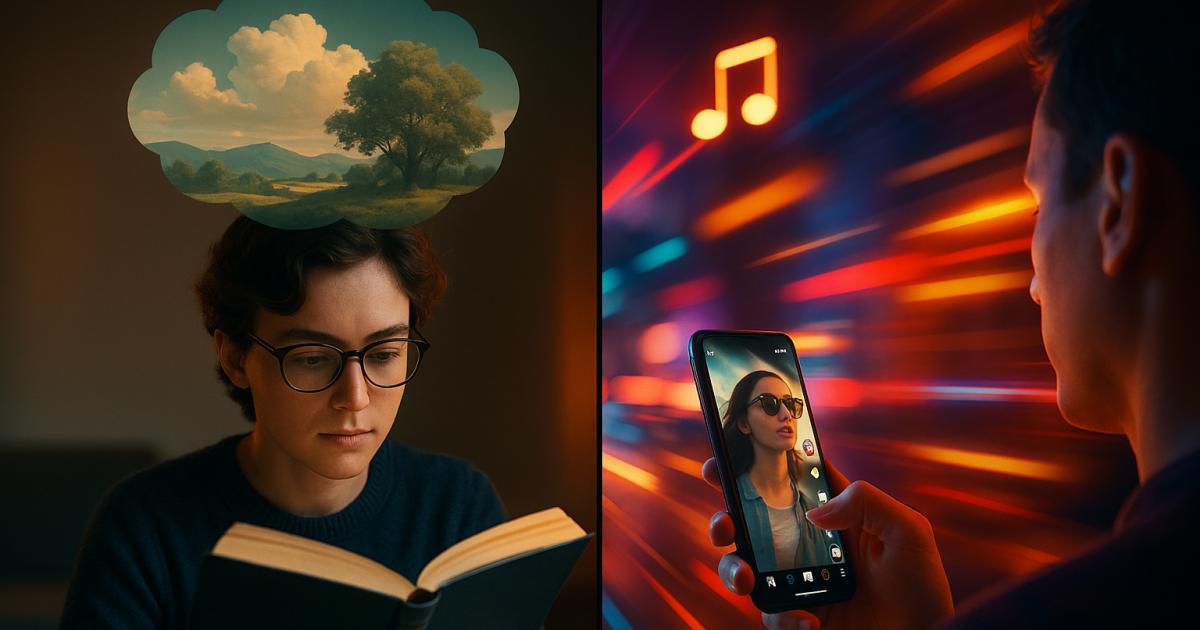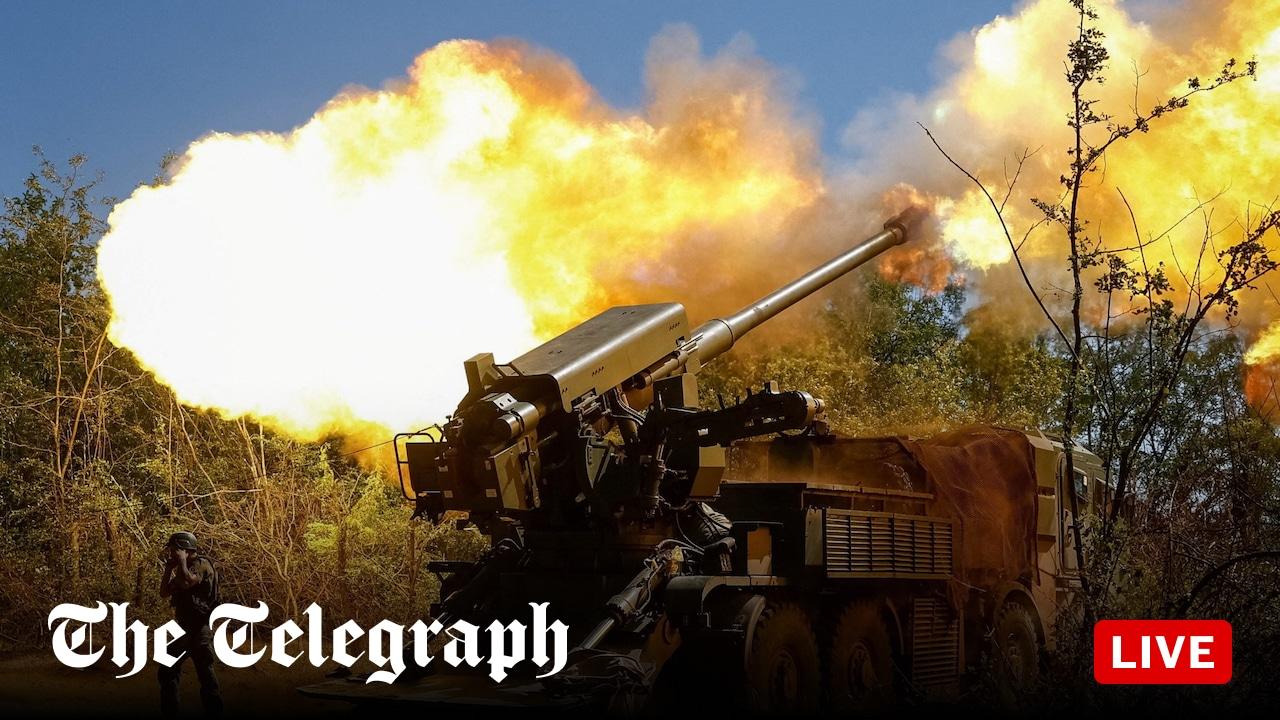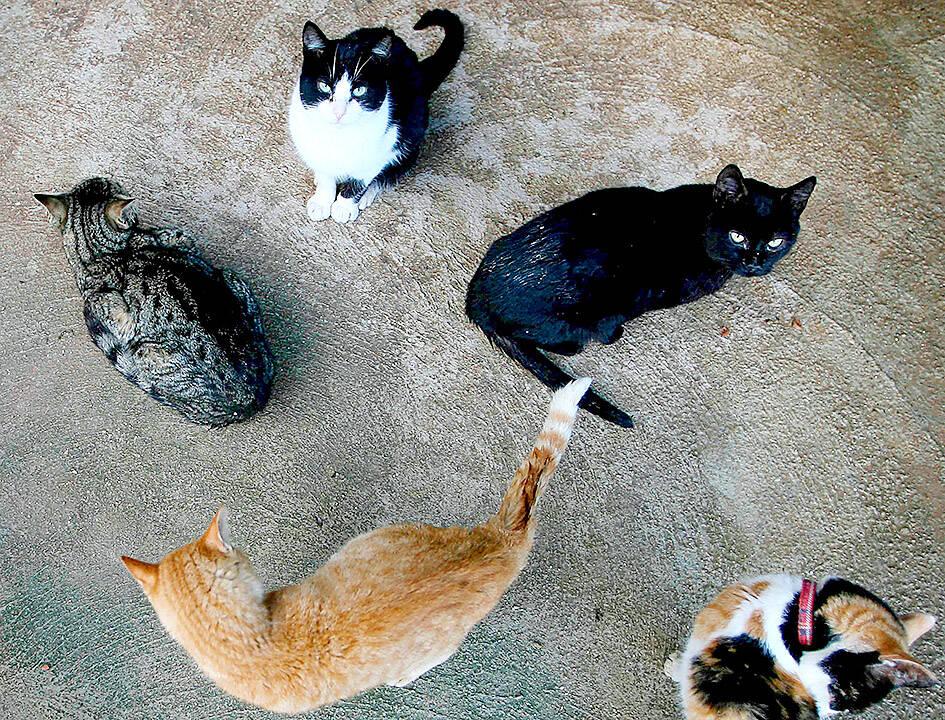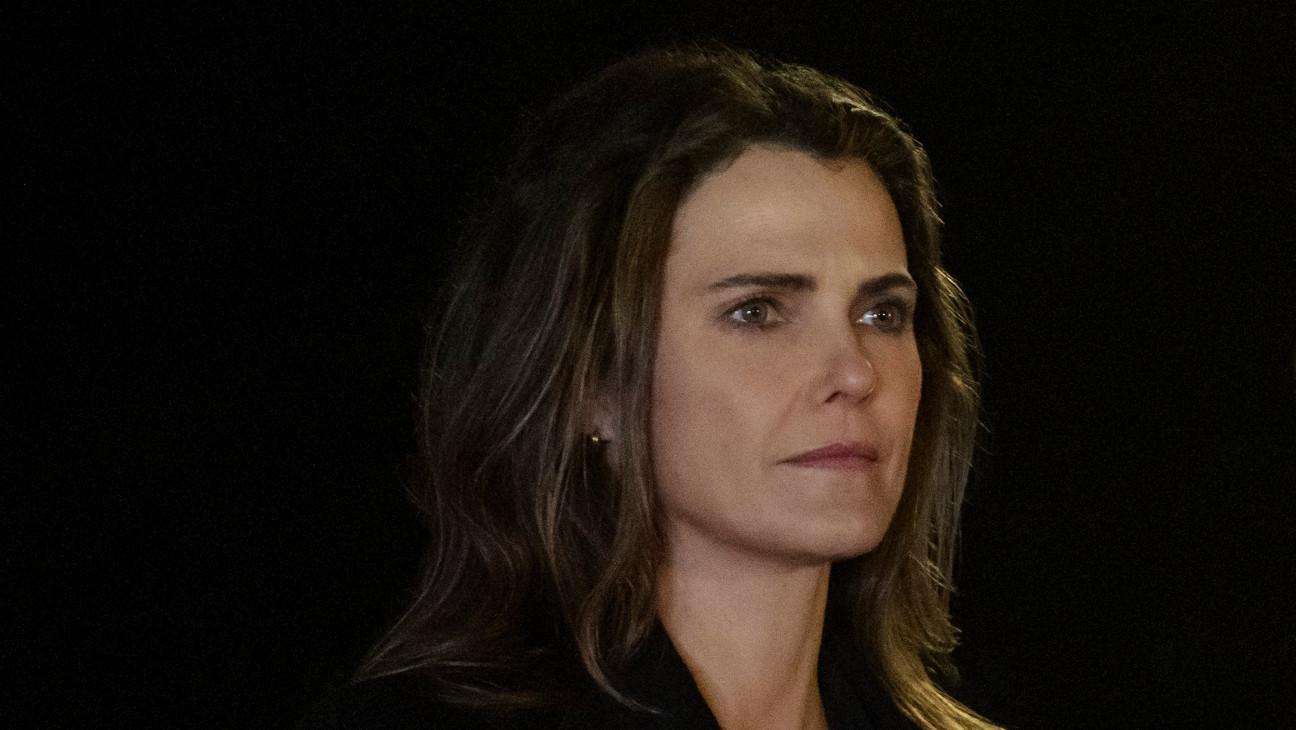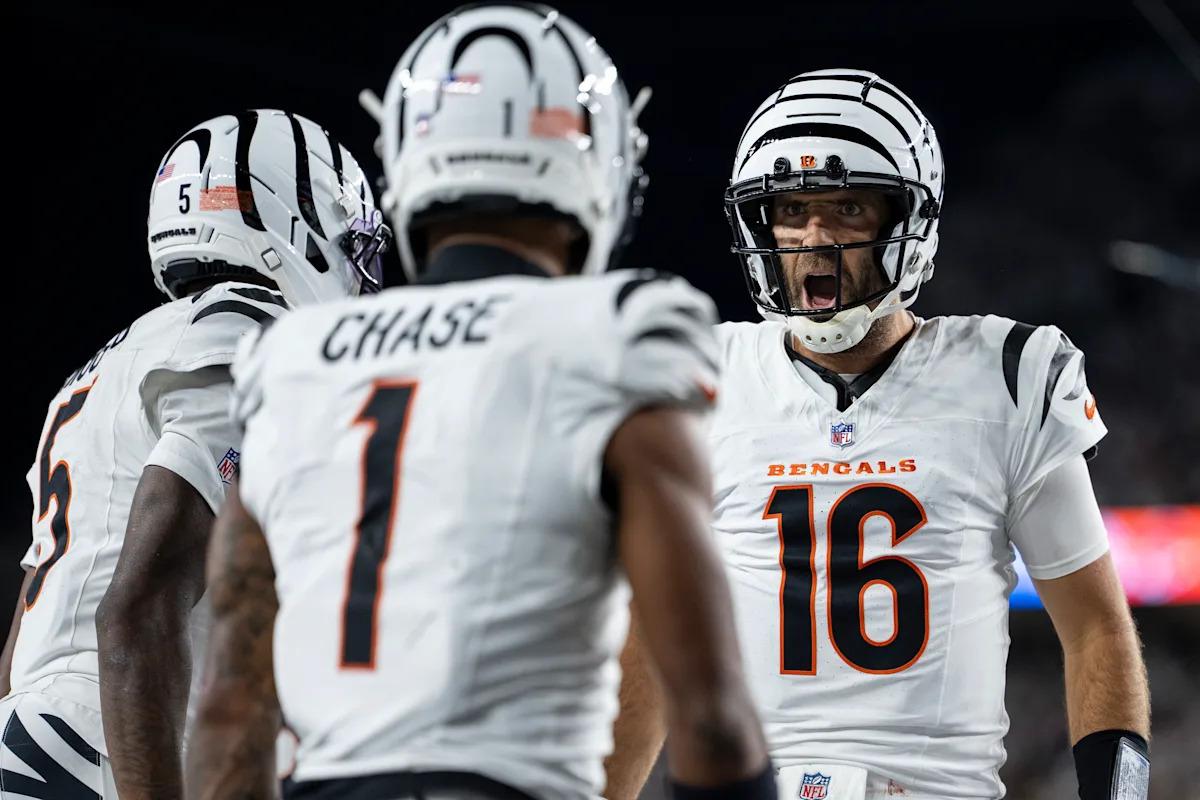There was a passion in the world for stories - from ancient stories to Tiktok stories, they contain emotions, memories and meaning.A new study in the journal Neuroscientific suggests that it tells a story—by clearly showing how the brain works and remembers.It's not just about making up stories.They illuminate memory pathways, dealing with different connections depending on whether we focus on what we saw or what we felt.
People are stories.Social media definitions are common when wisdom emerges at an early age, shared by culture and shared gradually, is a constant of genes, and the like.Storytelling and the renewal of memories.A new study in the journal Neuroscience examines how its content.
According to the criminal story
Memories again
When memories are formed, the hippocampus - a brain structure crucial for combining different types of information into a single memory trace - flexibly cooperates with other brain areas, especially those in the default mode network (DMN).The DMN is a vast, interconnected network of brain regions that is especially active when a person is not focused on the outside world, when we are aimlessly meditating, resting, or thinking.Previous research has shown that some of the connections between the hippocampus and the DMN are related to emotional and evaluative aspects of memory, its conceptual details, analyzes and emotional responses.Other parts of the hippocampal network appear to be more involved in perceptual elements of memory, such as images and sounds.
This study examined whether the difference between verbalization and Loftiptal Pass during memory formation or later during recall.To test this, the researchers created short reports about the events - everyday events that share two details but are different in their added details, some emphasize the meaning.Using the FMRI brain, they looked at different patterns of hippocalpal connections in two types - which show stories, showing how the type of information surrounding the event changes the brain's property and then how it returns.To see how the difference plays out in practice, the team built stories designed to mock up concepts and ideas.
Experimenting with talking
The researchers divided them into three categories based on their daily activities: "come to a restaurant," "fly" and "go out to eat."Each story has 14 sequential details, but 42 "superstructure details".
- Conceptual details: Details that express analytical or emotional reactions to a central detail.For example, in a restaurant narrative, a central detail might be, "The host brought us to our table on the patio," while a conceptual detail might be, "The balcony was actually on the roof of the restaurant, which was a pleasant surprise."[credit added]
- Perpetual Detail - Describe things that affect the senses (sight, sound, taste, touch, banana).The information is intended to describe the objects, people and views in the external environment.Using the details mentioned earlier, the map detail "I can see that the wooden arm of the chair is split in some places".[INFORMATION ADDED]
During an fMRI scan, 25 adults listened to a full version of the story that included the same main events in perceptual or sensory detail.Participants then mentally rehearsed the stories, evaluated their experiences, and then recalled them aloud.These memories of shared main details, or story descriptions, were then compared to brain connectivity patterns.
What does the brain remember?
The results clearly showed the clear language and the experience about the experience.The stories are rich in emotional photography that used concrete language, while dense with the mind that presents a great and interesting speech.Both story types were retested correctly, but participants described the familiar stories because they were easier to practice, they were happier, and they remembered them with more confidence.Compaal Amesis I Comerited Praiding Prothy Prothy Prothys, reveals how the brain adjusts "to different ways of visualizing stories
Different story, different paths
When people encode conceptually rich stories—those that emphasize thoughts and feelings—the hippocampus becomes more strongly connected to the brain's default mode network, which integrates personal meaning.In contrast, sensory-heavy stories activated regions that process images and sounds.Both pathways supported memories of key events, indicating that while the brain may arrive at the same destination, it takes different paths depending on whether the story speaks to emotions or perceptions.It seems that memory is not only a question of storage but also of interpretation.
This neural flexibility reflects ideas long explored in media theory—particularly Marshall McLuhan's concept of "hot" and "cold" communication.
Despite the fact that Marshall McLuhan is the best for "the medium", he has some important information about the media.For our purposes, cold and cold media.
Gutenberg and his cohorts replaced millennia of oral storytelling with text or print.For McLUhan, the text is a "cool atmosphere" - one with very little emotion.The reader must imagine the sights, sounds, and emotions that effectively create the story.Based on this research, the attraction of these reflectors is that the networks in the brain based on meaning, the networks based on meanings in the brain, have an emotion, not the details of the reflection.Produces impressive memories.
Today's oral histories, podcasts, audiobooks and talk radio talk shows form the radio middle ground between print and video.Listeners can complete the words and absorb the 0 arrivals and effects while imagining what they hear.This combination should favor hybrid memories.
The visual story represents "a hot medium Mlihan Mlihan Mlihan Mlihan Mlihan Mlihan high that releases enough for the audience to complete. The brain does not have to imagine, only absorb. The experience creates clear and concrete memories that are felt immediately and are often filled, but often become less integrated into the viewer's personal framework of meaning over time.
This research may offer a neuroscientific context for McLuhan's idea that the "temperature" of media shapes memory.Each form of storytelling activates a different balance of neural networks, and each leaves a distinct imprint on how we remember what we experience.
A recent Pew survey found that one in five Americans now get their news via Tiktok – an extremely “hot” visual medium.And these findings might explain why social media stories feel so straightforward, but sometimes short-lived?Future research could reveal whether our evolutionary media diet is synchronized - or the way our brains are built.
Why stories stay with us
Whether the story is cool and calls for our imagination to fill in the blanks, or it is steamy and interesting and requires attention to detail, the lump we have changed by carving different paths.In the digital world where the entertainment story is seen, understanding that memorable stories can be as illuminating as the truth.
Source: Hippocampal cortical networks predicted in computational memory Journal of neurosciden doi: 10.1523/jneurosci.1936-24.2025


